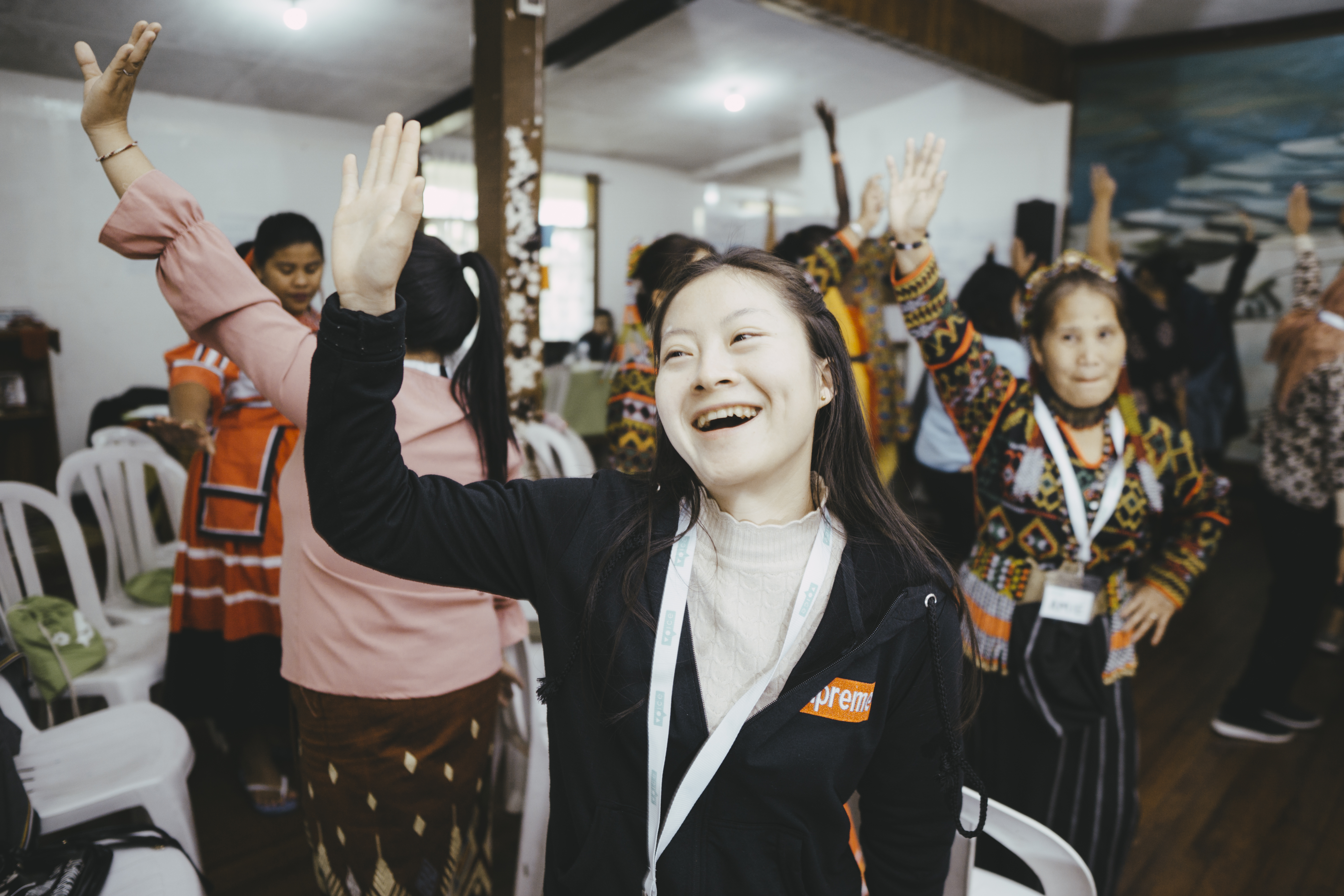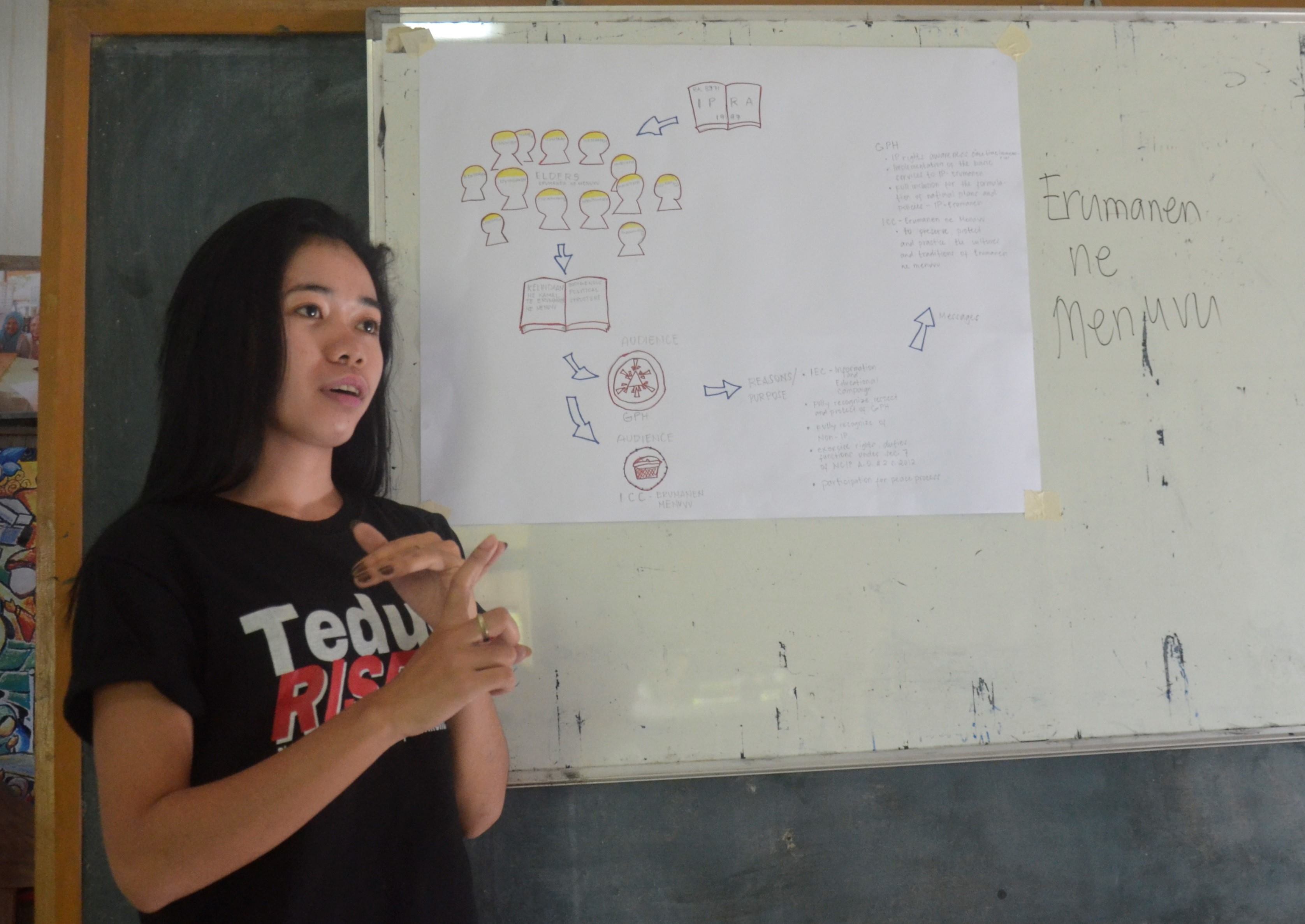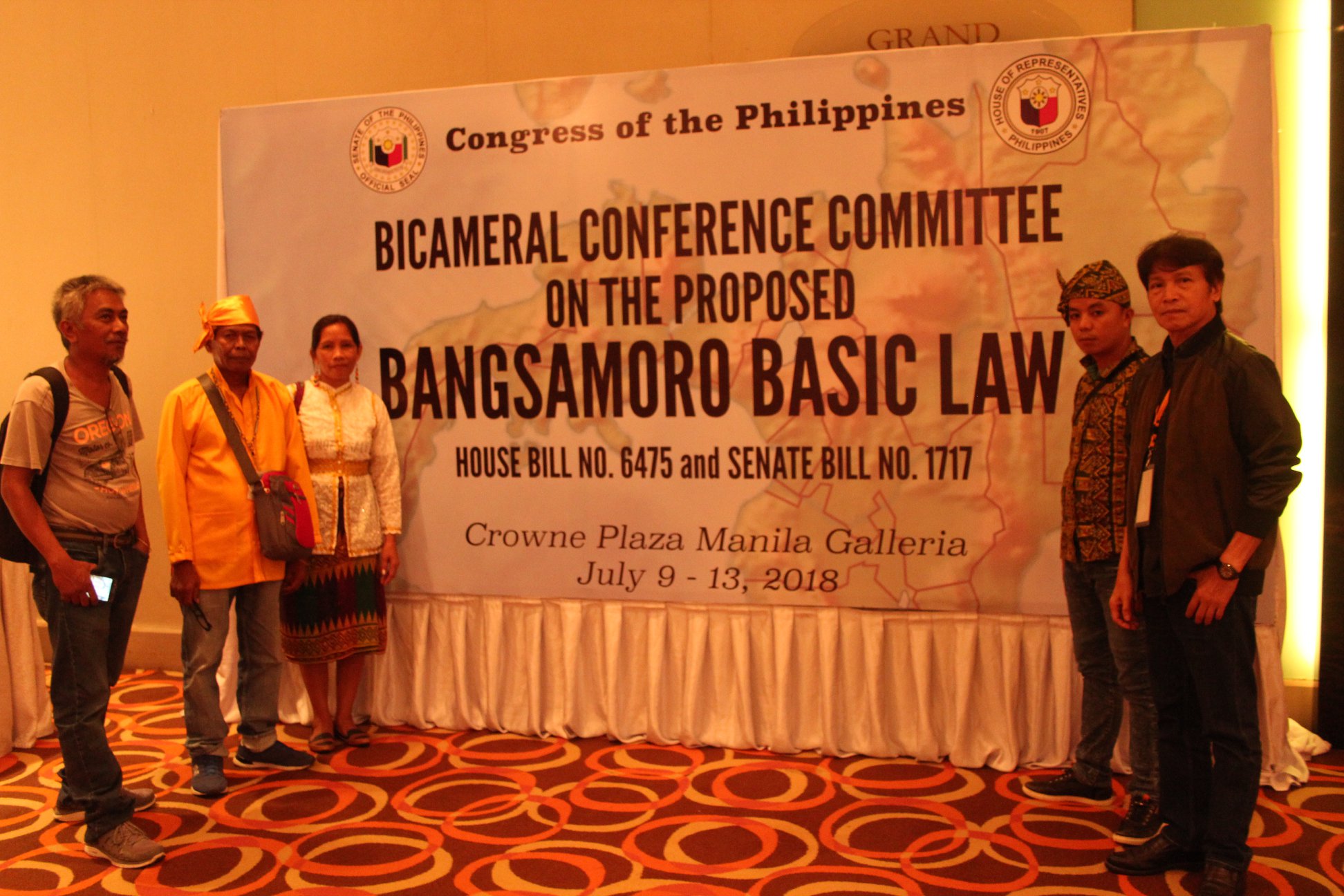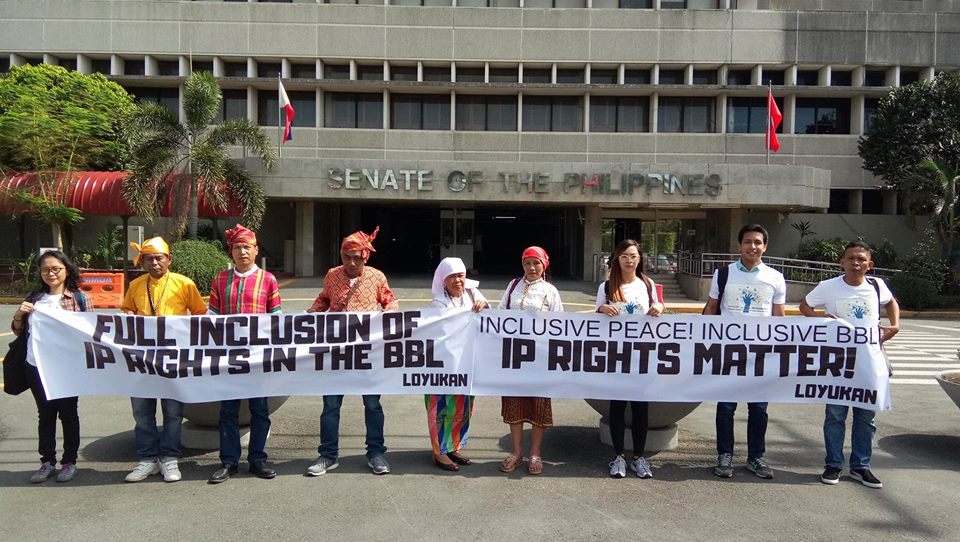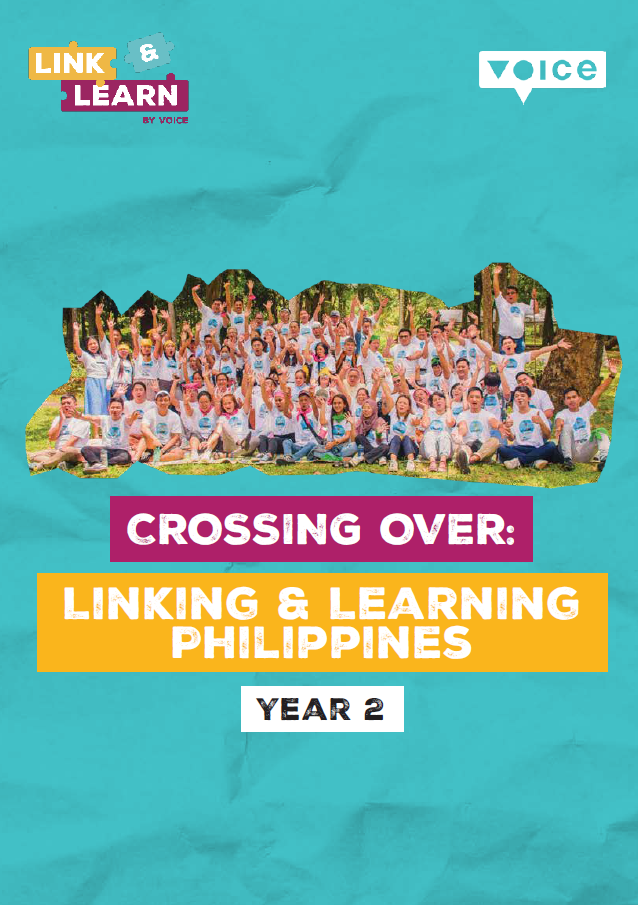Indigenous Peoples’ Voice(s) – The Journey Continues
Written By Kayla Lapiz, Linking, Learning and Communications officer, Voice Philippines and Indonesia, Hivos
What are the main struggles of Indigenous Peoples in the Philippines? Have you ever wondered the same?
Exclusion from social and political processes, hindering access to their rights as a people is one of them! This is why indigenous groups like Teduray, Lambangian, and Erumanen ne Menuvu from the Mindanao Island continue to rally for full inclusion.
Through the Voice-funded project of the Mindanao People’s Peace Movement, an influencing grantee from the Philippines, the struggles of these tribes continue to be told and reach a wider audience.
During the awareness-raising activities within the communities, young indigenous people were the main participants accompanied by their leaders and adults. Through the technique of visual storytelling, the participating youth gained knowledge and skills in story-writing and video production.
They were able to produce three short videos that share their communities’ stories, culture, and stand for the full inclusion of their rights. And we are proudly sharing them here:
(Video 1: Babaylans)
This video features the Babaylans spiritual leaders who play an important role in the lives of Indigenous Peoples. Through them, the communities are able to seek guidance or help from their ancestors during difficult times, such as the recent attacks on their communities and the current push for political participation.
(Video 2: Kifengfeng)
This video is a brief history of Kifengfeng, a sacred place for the Lambangian and Teduray tribes that helps them forecast unfavorable circumstances. The ancestral domain is being claimed as a Bangsamoro territory in the draft Bangsamoro Basic Law bill.
(Video 3: Simbuhay)
Simbuhay is a village first occupied by the Erumanen ne Menuvu tribe and is another ancestral domain included in the proposed Bangsomoro territory. The video tells of the village’s history and the tribe’s position in maintaining their right to govern their territory based on their culture and beliefs.
Being part of the campaign also served as an avenue for the youth who made these videos to learn more about themselves and their history, instilling a stronger foundation for the future survival of their tribes.
These videos are the beginning of a sparked interest among the youth. These are also shared on social media as the groups continue to strengthen their online presence.
Though their Voice-funded project has already concluded, their campaign remains spirited in the move and their hearts even more on fire!

